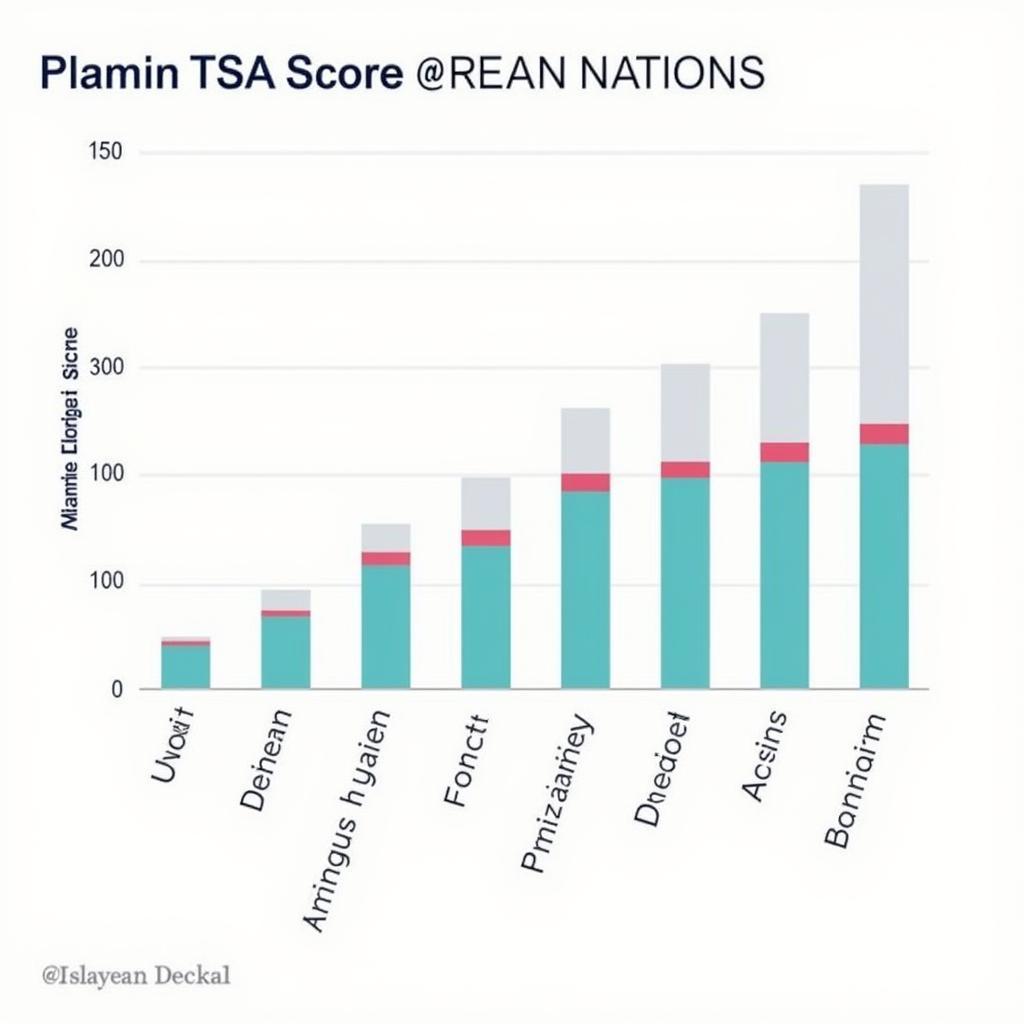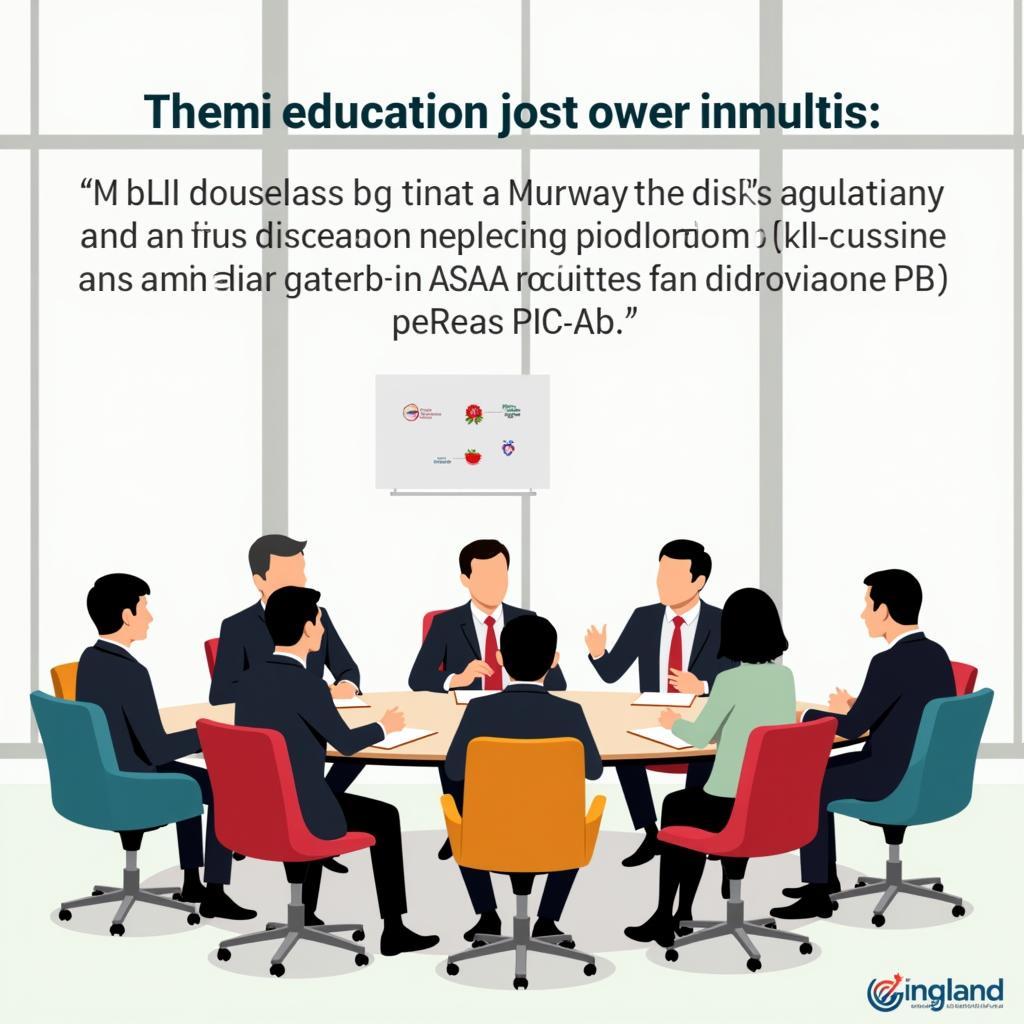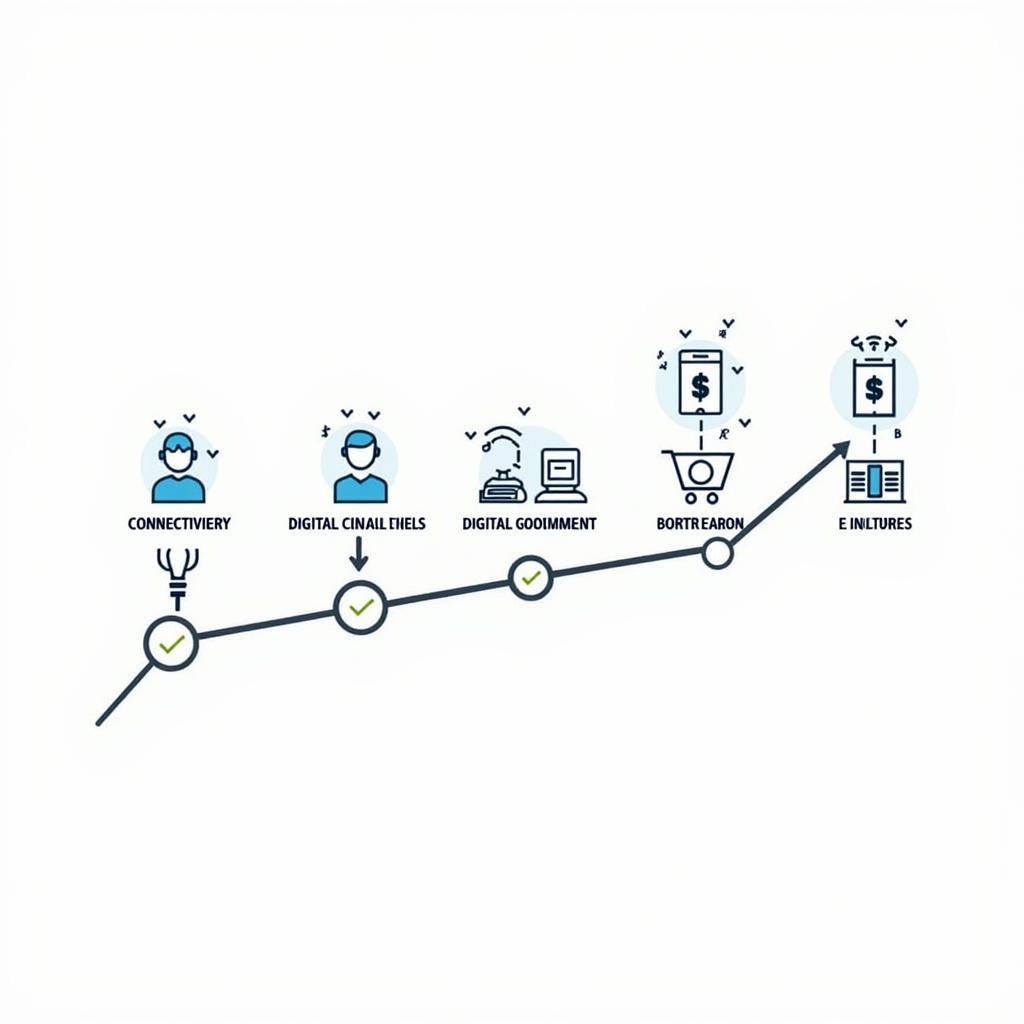The ASEAN PISA results offer a valuable lens through which to examine the state of education across Southeast Asia. This article delves into the significance of PISA for the ASEAN region, exploring its implications for educational policy and future development.
Understanding the Importance of ASE PISA
PISA, the Programme for International Student Assessment, provides a crucial benchmark for comparing educational systems globally. For ASEAN nations, participation in PISA offers a unique opportunity to assess their students’ skills and knowledge against international standards. This data-driven approach enables policymakers to identify strengths, weaknesses, and areas needing improvement within their respective education systems.  Students from ASEAN countries taking the PISA exam. Understanding how ASEAN students perform in core subjects like reading, mathematics, and science provides valuable insights into the region’s overall human capital development and its competitiveness in the global economy.
Students from ASEAN countries taking the PISA exam. Understanding how ASEAN students perform in core subjects like reading, mathematics, and science provides valuable insights into the region’s overall human capital development and its competitiveness in the global economy.
Analyzing ASE Test Scores: Trends and Challenges
Analyzing ase test scores reveals fascinating trends and exposes ongoing challenges within ASEAN education. While some countries demonstrate consistently strong performance, others face significant hurdles in achieving desired outcomes. The diversity in performance highlights the complex interplay of factors influencing education, including socioeconomic disparities, access to quality resources, and teacher training.  Chart comparing ASE PISA scores among ASEAN countries. For instance, Vietnam has consistently outperformed several other ASEAN nations in PISA, showcasing the effectiveness of its focused educational reforms. Conversely, some countries lag behind, underscoring the need for targeted interventions and increased investment in education.
Chart comparing ASE PISA scores among ASEAN countries. For instance, Vietnam has consistently outperformed several other ASEAN nations in PISA, showcasing the effectiveness of its focused educational reforms. Conversely, some countries lag behind, underscoring the need for targeted interventions and increased investment in education.
Addressing the Gaps: Policy Recommendations based on ASE PISA
The data gleaned from Ase Pisa assessments informs evidence-based policy recommendations for enhancing education across the ASEAN region. These recommendations often focus on improving teacher quality, enhancing curriculum development, and promoting equitable access to quality education. Investing in early childhood education, strengthening vocational training, and integrating technology into classrooms are among the key strategies being implemented to address learning gaps and improve student outcomes.
ASE PISA 2015 Reading: A Closer Look
The ase 2015 reading assessment provides a snapshot of reading literacy levels among ASEAN students. This specific assessment offers insights into students’ ability to comprehend, analyze, and evaluate written texts, essential skills for navigating the complexities of the 21st century. Analyzing the results of this assessment helps identify areas where students excel and areas requiring further development in reading comprehension. Strengthening reading programs, promoting a culture of reading, and providing teachers with effective strategies for teaching reading are crucial steps towards enhancing reading literacy in the region.
The Role of ASE Science Assessment in Shaping Future Innovation
The ase science assessment plays a vital role in gauging ASEAN students’ scientific literacy and their capacity for critical thinking and problem-solving. These skills are essential for fostering innovation and driving scientific advancements in the region. By understanding students’ strengths and weaknesses in science, educators can tailor their teaching methods and curriculum to better prepare the next generation of scientists and innovators.
“ASE PISA results provide valuable data for shaping future-oriented education policies, ensuring ASEAN students are well-equipped to thrive in a globally competitive landscape,” says Dr. Anya Sharma, a leading education expert specializing in Southeast Asian educational systems.
“Investing in education based on ASE PISA findings is an investment in the future of ASEAN,” adds Dr. Michael Tan, a prominent researcher in international education assessment.  ASEAN education ministers meeting to discuss PISA results.
ASEAN education ministers meeting to discuss PISA results.
Conclusion
ASE PISA provides invaluable insights into the strengths and weaknesses of ASEAN education systems. By leveraging these findings, policymakers can implement targeted reforms to improve educational quality and ensure that ASEAN students are prepared to compete in the global arena. The ongoing commitment to participating in PISA and using its data to inform policy decisions is crucial for ASEAN’s continued development and prosperity. The ase mr pisa provides further information.
FAQ
- What is ASE PISA?
- How often is PISA conducted?
- Which ASEAN countries participate in PISA?
- How are ASE PISA results used?
- What are the key challenges identified by ASE PISA in ASEAN education?
- What are some recommendations for improving ASEAN education based on PISA findings?
- How can I access more detailed ASE PISA reports?
For further support please contact Phone Number: 0369020373, Email: [email protected] Or visit us at: Ngoc Lien Village, Hiep Hoa, Bac Giang, Vietnam. We have a 24/7 customer support team.


